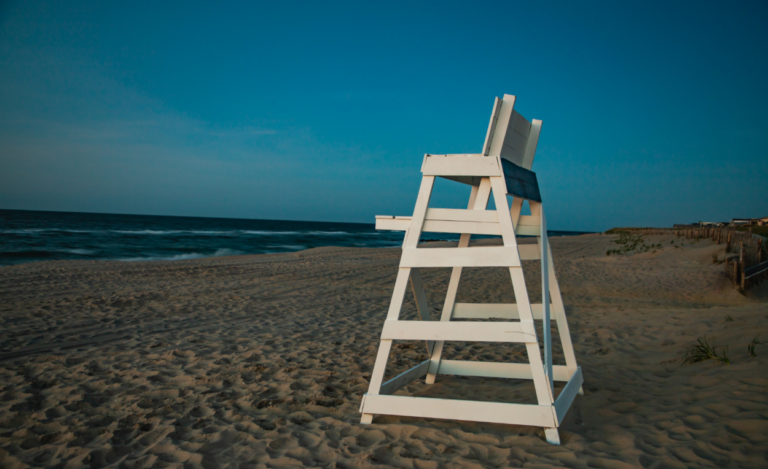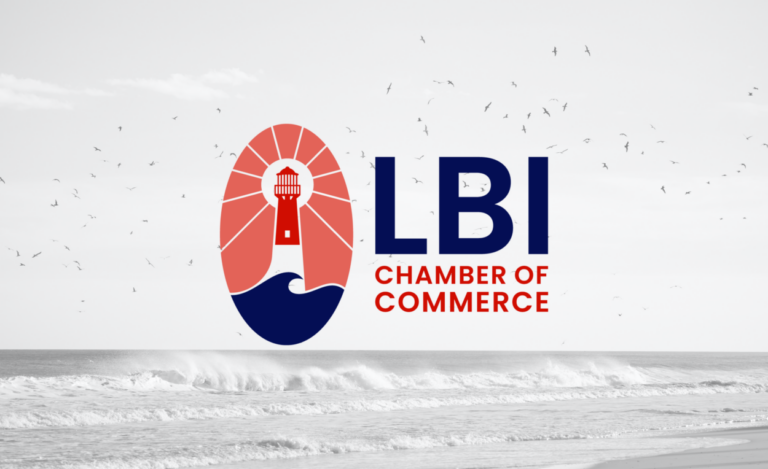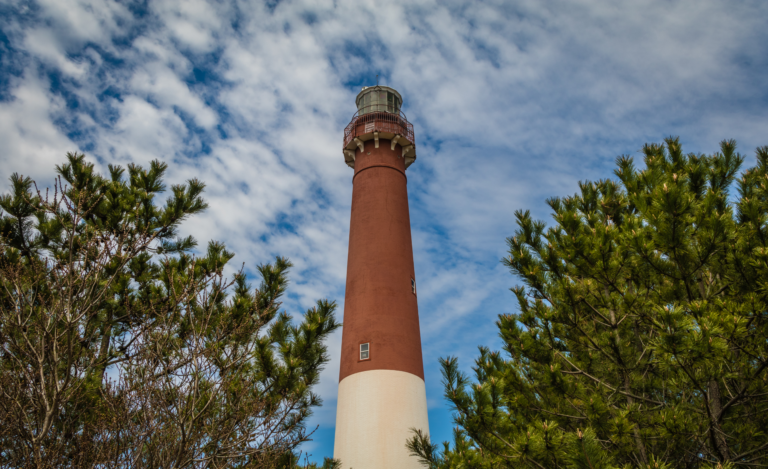Before the colonial period, the native Lenape tribes in the local area traveled in wooden dugout canoes to the island seasonally, to escape the heat and to fish, harvest clams to eat, and gather shells for jewelry and trade. The early colonists used the barrier island in much the same way – seasonally — to fish, whale (semi-permanent camps were established as early as 1690), gather (salt hay, bayberry, and beach plum), and make sea salt.
As the settlers became more established, mainland ports, such as Clamtown (later Tuckerton), were established in the 1700s and roadways were improved. Permanent seasonal accommodations were built on the island for travelers coming to fish and hunt such as the Philadelphia Company House (started as Horners in 1815, became Bonds from 1851-1909) near Tuckers Island just south of what is now called Holgate, and the Mansions of Health in Surf City (1822-1850). There was a “boarding hotel” at Barnegat Inlet built in 1820, and the first manned lighthouse was built at the inlet in 1834.
By the 1850s, railroads were reaching Absecon Inlet (later to be Atlantic City) and Manasquan. Increased coastal and international trade via sailing vessels made lighthouses necessary. Lighthouses were built first in Absecon 1857 and then the present lighthouse at Barnegat Light in 1859. The lighthouse keepers and lifesavers remained the only winter inhabitants of Long Beach Island.
The Island’s “modern” history begins as the railroads reached south to Toms River and Barnegat; with the Tuckerton Railroad reaching Manahawkin and Tuckerton by 1872. The railroad allowed visitors and commodities to reach the shore quickly and also allowed for shore products to be shipped to Philadelphia & New York all year. The first year-round life-saving stations were established in 1871. Land development companies laid out Beach Haven in 1872, and Barnegat City (now Barnegat Light) in 1878, with sailboats and steam-driven launches being used to transfer visitors and goods from mainland railroad to the island. The Parry House, Engleside Inn, and later the Baldwin hotels, were built in Beach Haven; and the Oceanic & Sunset in Barnegat City. The Tuckerton & Long Beach Land & Improvement Co. principals were also major stockholders in the Baldwin Locomotive Co., the Tuckerton Railroad, and the Pennsylvania Railroad. After homes were built in Beach Haven by wealthy Philadelphians, the Pennsylvania Railroad was convinced to build a railroad trestle to LBI which opened in 1886 (abandoned 1935) leading to an extended property boom from the 1880s-1920s, especially in Beach Haven. Other smaller communities such as Spray Beach (1889), Beach Haven Terrace, Brant Beach, Surf City (Inc. in 1899), and Harvey Cedars (Inc. in 1894) were established along the railroad.
Although most of the houses built were still seasonal, the presence of the railroad (and later the 1914 automobile bridge) made permanent business and year-round living on the island feasible. Census records show that the island’s permanent population was 33 people in 1880, increasing to 522 in 1910, and 1,827 in 1930.
After the depression of the 1930s and the Second World War, development resumed in the “Cape Cod” period 1946 – 1962; assisted by the completion of the Garden State Parkway to Manahawkin in 1954, and the opening of the four-lane causeway (to replace the old two-lane wooden bridge) in 1956. The 1962 storm and early ’70s economic problems temporarily delayed development, but by the late ’70s the island was essentially “built-out.” Most of the recent building boom of the period 1980-2007 consists of tear-down/replacement of existing houses.
Because of early erosion in Barnegat Light, Surf City and elsewhere, and the extensive tear-downs of the 1980s and 1990s; the majority of the surviving 19th century and early 20th century structures on LBI are in Beach Haven. The Beach Haven Historic District (running from 5th Street to Chatsworth, on the east side of Bay Avenue/LBI Boulevard) was created in 1983 in response to the increasing loss of historic structures, and conflicting building styles. It is currently the only historic district on LBI.
~Adapted from the Long Beach Island Museum website
Search
-
BeachesBeaches

-
Kids StuffKids Stuff

-
NightlifeNightlife

-
ShoppingShopping

-
DiningDining

-
LodgingLodging

-
ServicesServices

-
Things To DoThings To Do

-
WeddingsWeddings




